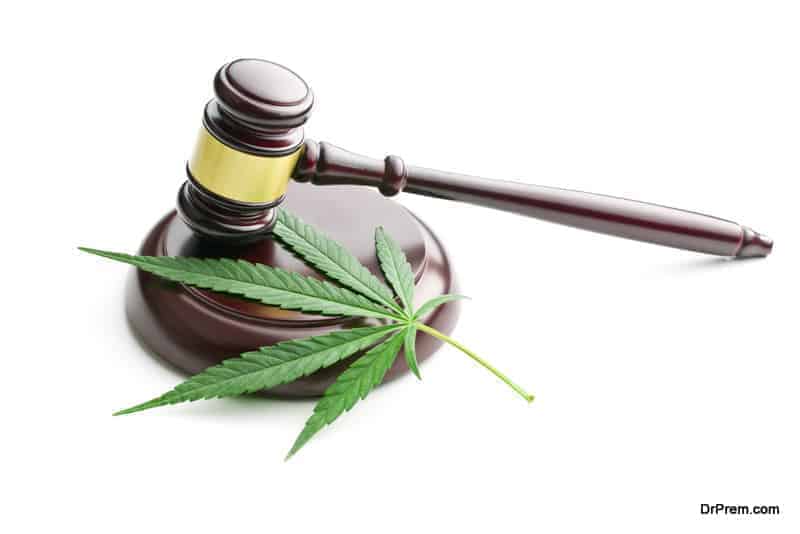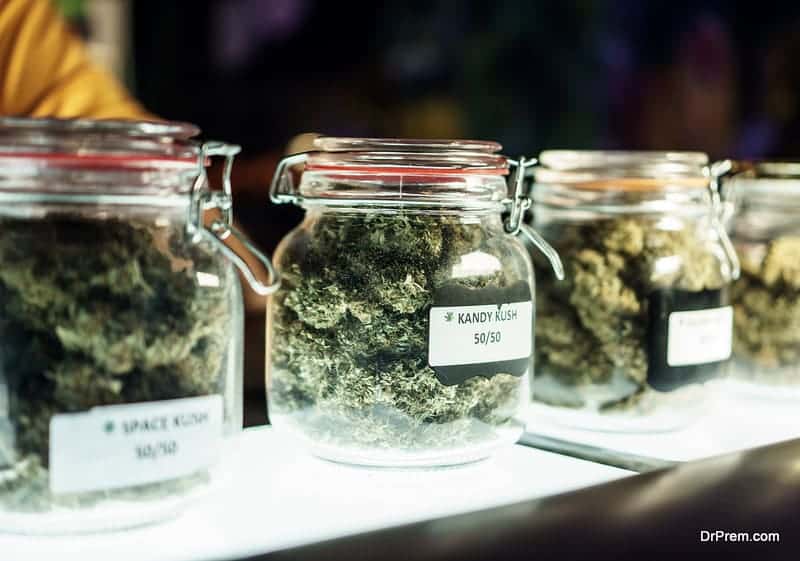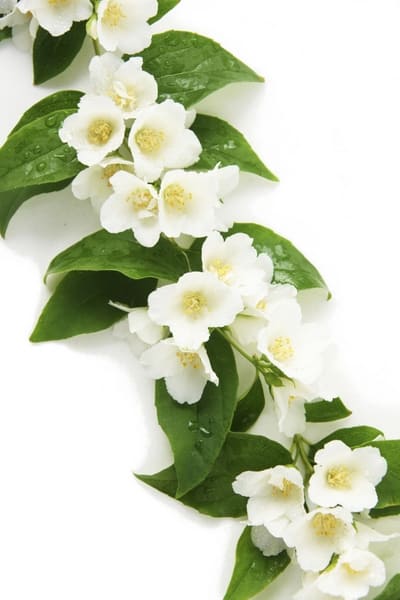A new survey about marijuana and cannabidiol (CBD) reveals a surprisingly growing trend of its use among baby boomers. And the trend is growing fast thwarting legal restrictions. Is it that they are carrying (or resuming) their habit of younger days for recreation? Or are there other compelling reasons?
A recent survey reveals the growing trend of boomer’s embracing cannabis
-
Is it the young age cultural exposure driving baby boomers to cannabis usage?
-
Cannabis – a tool for senior well-being?
-
Is marijuana effective in combating pain?
-
Is marijuana as effective as opioid?
Of 11000+ responders in the survey, 83% are taking cannabis in some form either for medicinal or recreational purpose or both. Nearly 50% use cannabis for recreation and medicinal purposes. 66% of them are daily users and 5% rarely use it for any purpose. 12% have never used cannabis in any form. The findings are quite striking raising the obvious question, how it can be so important in senior living?
Further researches and studies support the fact:

The Healthline publishes of a similar trend observed in a past data survey of 2016 conducted by the National Survey on Drug Use and Health. It said that the number of marijuana users among the age group of 65 and up grew by 250% in 2006-13.
Is it the young age cultural exposure driving baby boomers to cannabis usage?

Marijuana culture proliferated during the 1960-70’s, the growing up period of present day baby boomers. Remember the hippies taking pleasure in weed smoking? Gradually, many may have quitted it for family commitments but resumed at this ripened age or somehow continued their friendship with it.
Cannabis – a tool for senior well-being?

Cannabis use- The purpose:

- In a 2014 survey, about 50% of adults of all age groups say they sometimes use marijuana as a medicine.
- In most cases, marijuana is used to treat pain.
- Physicians’ groups often silently support cannabis use in treating age-related diseases like cancer or glaucoma.
Is marijuana effective in combating pain?
Old age is vulnerable to a wide range of chronic aches and pains which often becomes unmanageable with prescription killers. Mary Lynch, a pain specialist at Dalhousie University in Canada reports that even if painkillers are combined with drugs, it provides only 50% relief for 30-40% patients. Marijuana helps in such cases.
39% of patients taking prescribed opioids since long take some form of marijuana for more relief. 90% of seniors aged more than 65 registered for the Colorado Medical Marijuana Program reported pain as the prime reason.
Is marijuana as effective as opioid?

Patients apparently seem to prefer cannabis to opioids claiming the former to be more effective. A research survey published in the Journal of Cannabis and Cannabinoid Research speaks in favor of cannabis usage. Data were collected from 2897 patients using medical cannabis.
- 34% of them received opioid for previous six months. A majority of them reported cannabis equally or more effective than opioids without any side effects.
- 97% of patients on opioid medication could reduce its dosage or eliminate it completely.
- 81% of the same group reported cannabis as more effective.
In 2015, 28 studies led by the Harvard group on efficacy of cannabis in treating pain drew similar conclusions. The authors also declared sufficient evidence regarding the use of marijuana in addressing chronic and neuropathic pain and spasticity from multiple sclerosis.
A study by the University of Michigan also found that cannabis reduces side effects of other medications, improves the overall quality of life of users and reduces opioid use by 64% on an average. A huge amount of anecdotal evidence strongly supports the efficacy of cannabis in reducing pain.
Mounting evidence points out cannabis can help in extending the work life of the elderly:
This provides some explanation as to why senior adults aged 65 years or more are embracing cannabis as an alternative form of medicine than any other group. Baby boomers in recent years have clearly placed their opinions about the medicinal benefits of cannabis without caring for the stigma attached to it.
In a study conducted this year, it was found medical cannabis legalization has resulted in reduction of pain along with better self-assessed health condition among elderly. It also pointed out medical cannabis law led to increase in the old age work force. This implies older adults in the states having legalized medicinal cannabis can work for long hours efficiently. In these states, full-time employment of senior adults rose by 5%.
The same study of 2019 went on to issue a statement that if implementation of medical cannabis law promotes access to medical marijuana, it would help in reducing the work-hindering health issues. Medical cannabis has the potential to strengthen the work force among the fastest growing population segment that is the baby boomers.
Safety matters:

Long-term opioid use leads to harmful addiction. Amidst this scenario, the Drug Enforcement Agency states that no such death has been reported from the cannabis overdose. In view of public health, Cannabis can be considered much safer than opioid with virtually zero risk of fatal drug overdose.
This has been underscored in 2017 by Weedmaps, a California based online dispensary rating guide that mentioned: “States legalizing cannabis saw 25% less opioid-induced deaths”. The message sparked a lot of controversies.

All being said marijuana can be risky as well:

The risk aggravates when senior folks link marijuana use with other habit-forming substances. They can take to drinking, use cocaine or grow dependence on nicotine and other illicit drugs along with cannabis. It can also interfere with certain medications taken by senior chronic patients.
Often marijuana use by seniors may set a bad example for next generation kids especially the grandchildren who look up to their elders. This may have a negative impact on society. Unregulated or unsupervised marijuana use can invite disasters.
A majority of voters are supporting cannabis legalization and a record number of election candidates this year are speaking in favor of it. But the fact remains that seniors need to have a clear understanding of its advantages and disadvantages before taking a call.









